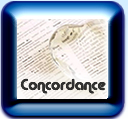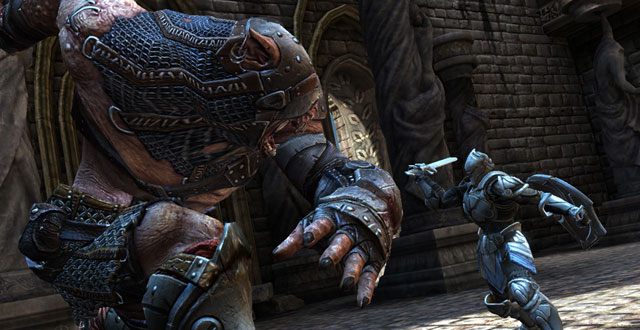I’m now at the Digging Into Data Challenge Conference. This conference brings together investigators from the first round of the Digging Into Data Challenge. Thursday morning we had a meeting with the folks from CLIR who are evaluating the program. See my Conference Notes. The major issues I see are:
- Gender representation is an issue. The Challenge and in the digital humanities in general we need to work harder to involve women researchers, especially as leaders. We run the risk of DH being seen as the last bastion of old me in the humanities.
- Representation by new scholars is also an issue. The Challenge should bring together the graduate students and the new faculty – they need to be encouraged to meet up and they need the validation of attention from the research councils.
- Supporting international research. One of the innovations of Digging is that it has one review process that crossed national boundaries. If your project was approved all the national partners got funded. We should see this model generalized beyond the digital humanities.
- Encouraging research mashups. Another benefit of Digging is that it encouraged established projects to interoperation. The project I’m on (Datamining with Criminal Intent) built interoperability between the Old Bailey project, Zotero and Voyeur.
- Encouraging ambitious projects. Digging encouraged ambitious and “blue-sky” proposals that experimented with large datasets.
We had a wide-ranging conversation about the challenge of the digital humanities in general. Many of the usual issues came up. Can the Digging Into Data Challenge be a visible advocate for some of the changes we have been grousing about for years.





